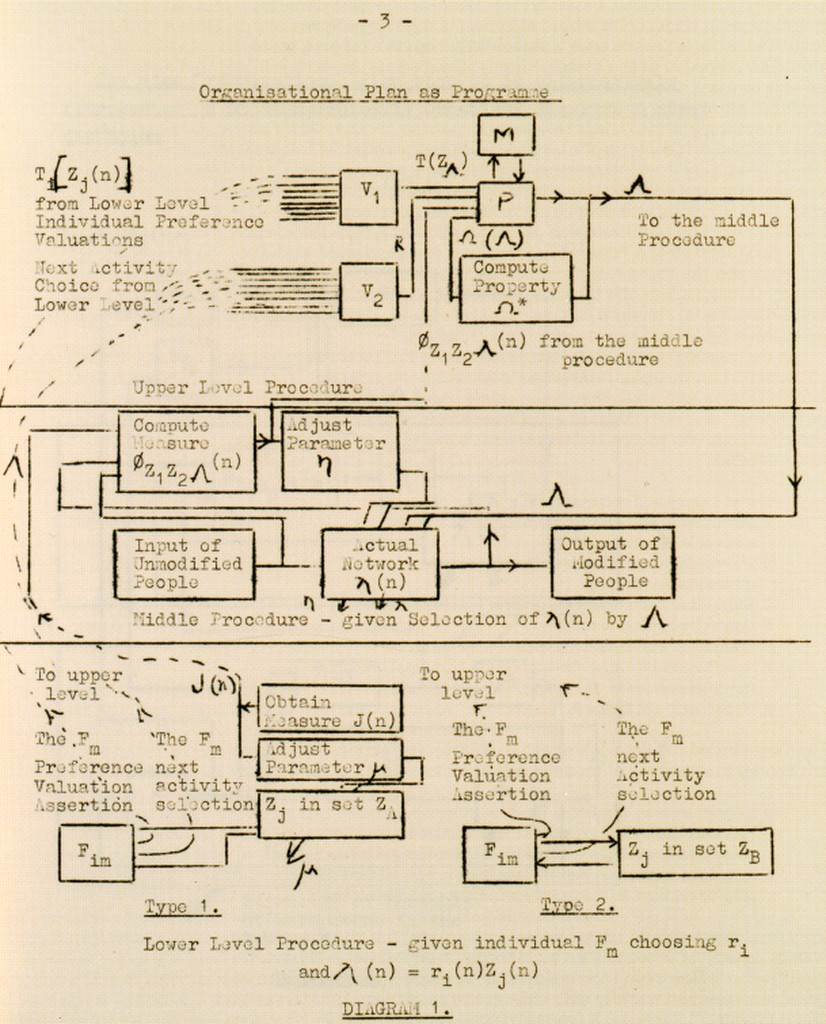Codes, processes, and specifications have been a fundamental part of the architects practice since antiquity. Greek temples, whose design was not planned beforehand, but made up of an amalgam of previous templates and new alterations, was very much a process way of practicing. Gothic cathedrals were also constructed through 1:1 templates formed into the sides of walls or under massive temporary builder pavilions. Architecture then, practiced by master-builders, was not so much the design of a novel thing, but a result of careful steps. Throughout the renaissance and modernity codes and specifications have played a significant role in how architects have shaped their understanding of the world, and attempted to codify through quantitative and rational metrics that cosmology. Nueferts standards, Corbusier's modulor, and Kahn's cybernetics all are code products of the architect. Today, professional practice demands the architect know scripting, specification manuals, and software commands, challenging the notion that our work is primarily located in the compositional or visual arts. New startups in artificial intelligence and computer processing are displacing the formulaic tasks of analysing zoning, site massing, and program layout; furthering the erosion of roles from the profession, while also opening it up for more creative tasks. Codes are at the core of architecture, and today they exist at the crux of an inflection moment in what we produce.

